41 four zones of a lake
LCRA creates four commercial dredging zones on the Highland Lakes The following four zones are the only ones currently open to dredging: Zone A — a portion on far northern Lake Buchanan where the Colorado River enters the reservoir. Zone B — a portion of Sandy Creek near its entry into Lake LBJ along Sandy Harbor and part of Sunrise Beach. Zone C — on Lake LBJ east of the confluence of the Llano and ... Zones: First Choice for IT Zones combines superior technical expertise, more than 30 years of successfully delivering on commitments, and a partner ecosystem of more than 2,000 hardware and software companies to remove complexity from IT initiatives and enhance your return on investment.
The Four Essential Zones of a Healthcare Data Lake Data lakes are divided into four zones (Figure 2). Organizations may label these zones differently according to individual or industry preference, but their functions are essentially the same. Figure 2: Data lake zones. The Raw Data Zone In the raw zone data is moved in its native format, without transformation or binding to any business rules.

Four zones of a lake
Littoral zone - Wikipedia Typically, four zones are recognized, from higher to lower on the shore: wooded wetland, wet meadow, marsh and aquatic vegetation. [8] The relative areas of these four types depends not only on the profile of the shoreline, but upon past water levels. littoral zone | marine ecology | Britannica littoral zone, marine ecological realm that experiences the effects of tidal and longshore currents and breaking waves to a depth of 5 to 10 metres (16 to 33 feet) below the low-tide level, depending on the intensity of storm waves. The zone is characterized by abundant dissolved oxygen, sunlight, nutrients, generally high wave energies and water motion, and, in the intertidal subzone ... The World's Biomes: Aquatic - University of California Museum of ... Like ponds and lakes, the ocean regions are separated into separate zones: intertidal, pelagic, abyssal, and benthic. All four zones have a great diversity of species. Some say that the ocean contains the richest diversity of species even though it contains fewer species than there are on land.
Four zones of a lake. Ocean Zones - Study.com The benthic zone consists of the bottom of the ocean and the organisms that comprise it. This zone includes the intertidal zone, neritic zone, bathyal zone, abyssal and hadal zones. The area ... Lake | Classification of Lakes (types of lakes) - PMF IAS They include Lake Titicaca, and the Caspian Sea. Plate Tectonics - Indian Plate Movement - Comparison: Continental Drift - See Floor Spreading - Plate Tectonics Rift valley lakes A rift valley is formed when two blocks of earth move apart letting the 'in between' block slide downwards. Or, it's a sunken land between two parallel faults. Limnology - Ernet A typical lake has three distinct zones (limnetic, littoral and the benthic zone; Fig. 11) of biological communities linked to its physical structure. The littoral zone is the near shore area where sunlight penetrates all the way to the sediment and allows aquatic plants (macrophytes) to grow. Four Major Oceanic Zones - Kids Fun Science The vertical zones in the ocean include the epipelagic, mesopelagic and bathypelagic zones. The zones are based on the amount of light that penetrates the ocean waters. Epipelagic zone. The epipelagic zone is also called the sunlit zone because it receives enough sunlight to support photosynthesis. Temperature of the water ranges from 40 ...
Zones Found in Freshwater Lakes | Actforlibraries.org Zones found in freshwater lakes include the littoral, limnetic, profundal and benthic zones. Littoral zone The topmost zone in a lake is the littoral zone, which is the area near the shore. This zone is the most productive since it gets abundant energy from sunlight and absorbs nutrients from land run-off. What Are The Four Main Zones Of The Ocean? - Thenicee The neritic zone has a depth of about 200 meters. The neritic zone creates a relatively stable and well-lit environment for marine life. 5. Ocean Banks This type of zone is sometimes referred to as a fishing bank. Ocean banks are shallow compared to the surrounding area. Ocean banks can prevent tidal currents and other currents. 6. Kelp Forests Lake Ecology | Biological - Lake Zones - Water on the Web Lake Organisms THOSE THAT GO WHERE THEY CHOOSE FISH AMPHIBIANS TURTLES LARGER ZOOPLANKTON AND INSECTS THOSE THAT GO WHERE THE WATER TAKES THEM LIVING THINGS = PLANKTON animals - zooplankton algae - phytoplankton bacteria - bacterioplankton DEAD STUFF = DETRITUS internal - produced within lake external - washed in from watershed The Four Essential Zones of a Healthcare Data Lake - SlideShare To avoid turning the data lake into a black lagoon, it should feature four specific zones that optimize the analytics experience for multiple user groups: 1. Raw data zone. 2. Refined data zone. 3. Trusted data zone. 4. Sandbox data zone.
Lake Stratification - WorldAtlas The four lake zones are littoral, limnetic, profundal, and benthic. The four zones of a lake. Littoral Zone The littoral zone is the term for the shore region of a lake or pond. It includes everything around the shore or bank, from the dry land to the water's edge. Lake stratification - Wikipedia Lake zones Littoral zone Limnetic zone Profundal zone Benthic zone Lake stratification Epilimnion Metalimnion Hypolimnion Destratification Lake types Holomictic lake Monomictic lake Dimictic lake Polymictic lake Meromictic lake Amictic lake See also Aquatic ecosystems Wild fisheries v t e Littoral Zone - Lake Ecosystems - Climate Policy Watcher Physical Structure of the Littoral Zone Zonation In general, the littoral zone can be divided into upper, middle, and lower zones, extending from the shoreline area sprayed by waves to the bottom of the littoral zone, below which light does not penetrate (Figure 2). 3 Major Zones of a Freshwater Lake (With Diagram) - Biology Discussion Freshwater habitats are divided into two major categories, lotic (lotus = washed, or running water), and lentic (lenis = calm, or standing water) habitats. Lotic habitats are those existing in relatively fast running streams, springs, rivers and brooks. Lentic habitats are represented by the lakes, ponds, and swamps. ADVERTISEMENTS:
LAKES AND OCEANS: THEIR LIFE ZONES - Follow Green Living Three different life zones have been identified based on the abiotic environmental variables and they are named as: Littoral zone Pelagic zone Benthic zone The littoral zone is the shallow region of a water body, where water meets land. It has the greatest diversity in the lake. A high diversity of plants is present in this zone.
Pond & Lake Zone Identification | Kasco Marine These zones consist of the Littoral Zone, Limnetic Zone, Profundal Zone, Euphotic Zone, and Benthic Zone. Littoral Zone This zone is the shore area of the lake or pond. It consists of the area from dry land that slopes into the open water and can be very narrow or very wide.
Understanding the Four Zones - Michigan Shoreland Stewards MDNR Conservation Guidelines for Michigan Lakes To evaluate a property and specific management practices important to each area this program has divided the shoreland property into four different zones: Upland, Buffer, Shoreline, Lake. The Four Zones The four zones of a shoreland property do not have clear and distinct lines of separation.
Riparian Zone: Definition and Characteristics | Biology Dictionary The riparian zone is identified as the area immediately adjacent to running, fresh water. This may be anything from a small trickling creek to a raging river. The plant and animal communities that tend to occupy these regions are similar on every continent, while they may not be related. The riparian zone is an important biome in the water ...
Littoral Zone - Definition, Organism and Quiz | Biology Dictionary Littoral Zone Definition. The littoral zone in an aquatic ecosystem (river, lake, sea) can be defined by the presence of sunlight at the sediment level, and the corresponding growth of partially-submerged to fully-submerged aquatic plants. It is also generally characterized by abundant dissolved oxygen, nutrients, water motion, and alternating ...
Marine Zones ~ MarineBio Conservation Society Beaches or strands are geological formations made up of loose rock like sand, shingle, or cobble and are located along the shore of a body of water. In
Draw a diagram of a lake system, labeling the five different zones ... Draw a diagram of a lake system, labeling the five different zones. Draw examples of the four different types of organisms in the diagram: plankton, nekton, benthos, and decomposers. 1 See answer for the diagram should the organisms be in there certain part of the environment, or just anywhere?
The Ocean Zones - WorldAtlas The twilight zone or the mesopelagic zone begins at 200 meters and extends downward to 1,000 meters, making up approximately 20% percent of the ocean's total depth. It is generally a very dim region, but it does receive a sliver of sunlight at the midday point which is enough for photosynthesis to occur. The twilight zone actually plays a ...
Science - Lake ecosystem: Lake zones So, the four zones of a lake are: the nearshore or littoral zone, open water or limnetic zone, deep water or profundal zone, the benthic zone or lake floor. The different conditions, such as the amount of light, food, and oxygen in each of the lake zones, affect what kind of organisms live there.
Lakes and Reservoirs | U.S. Geological Survey Climate: Temperature, wind, precipitation, and solar radiation all critically affect the lake's hydrologic and chemical characteristics, and indirectly affect the composition of the biological community. Precipitation is the main factor affecting runoff and the delivery of nutrients and sediments.
The World's Biomes: Aquatic - University of California Museum of ... Like ponds and lakes, the ocean regions are separated into separate zones: intertidal, pelagic, abyssal, and benthic. All four zones have a great diversity of species. Some say that the ocean contains the richest diversity of species even though it contains fewer species than there are on land.
littoral zone | marine ecology | Britannica littoral zone, marine ecological realm that experiences the effects of tidal and longshore currents and breaking waves to a depth of 5 to 10 metres (16 to 33 feet) below the low-tide level, depending on the intensity of storm waves. The zone is characterized by abundant dissolved oxygen, sunlight, nutrients, generally high wave energies and water motion, and, in the intertidal subzone ...
Littoral zone - Wikipedia Typically, four zones are recognized, from higher to lower on the shore: wooded wetland, wet meadow, marsh and aquatic vegetation. [8] The relative areas of these four types depends not only on the profile of the shoreline, but upon past water levels.




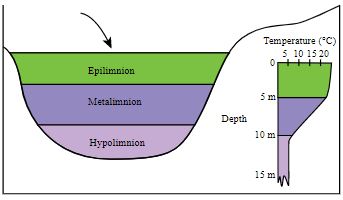
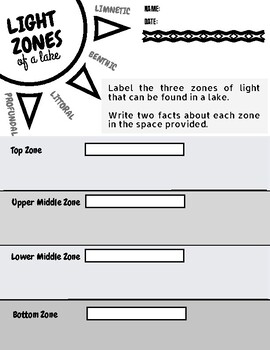







:max_bytes(150000):strip_icc()/carboncycle-56a128bc5f9b58b7d0bc94a3.jpg)


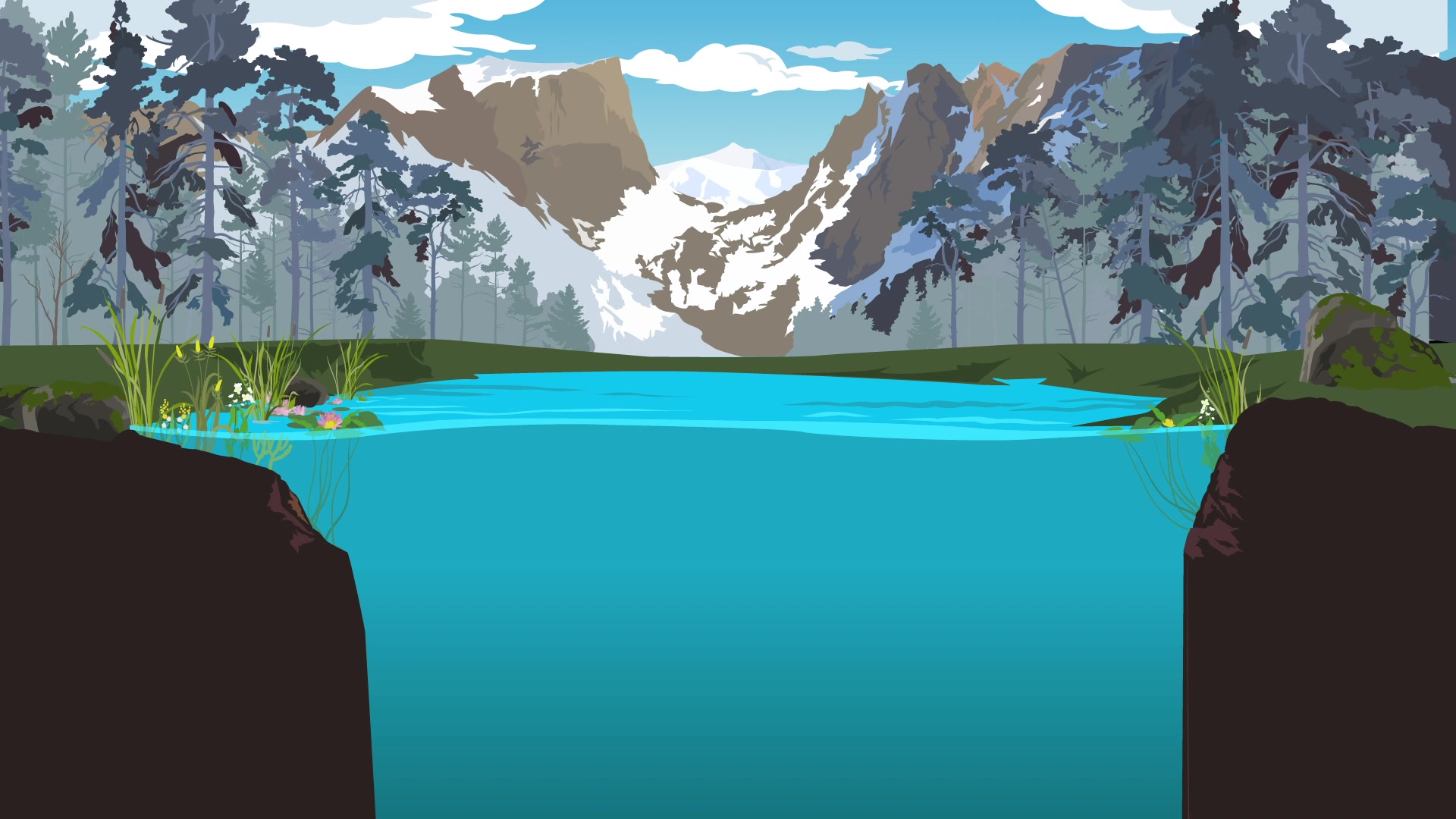



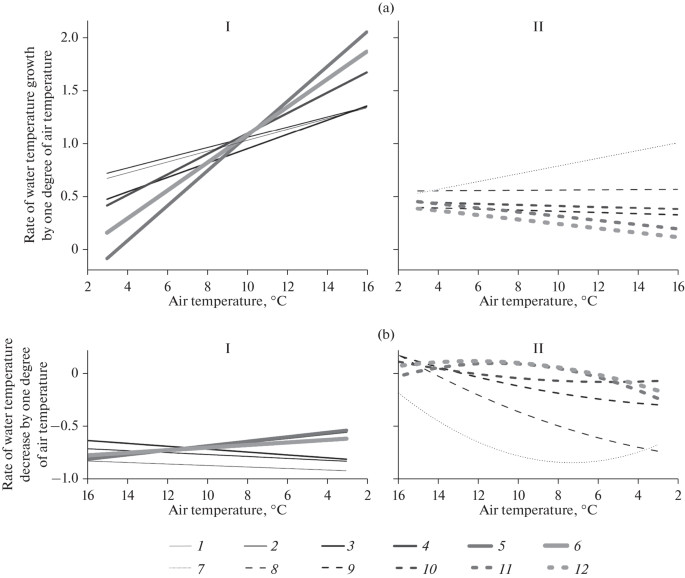

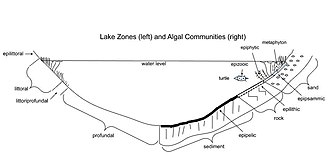
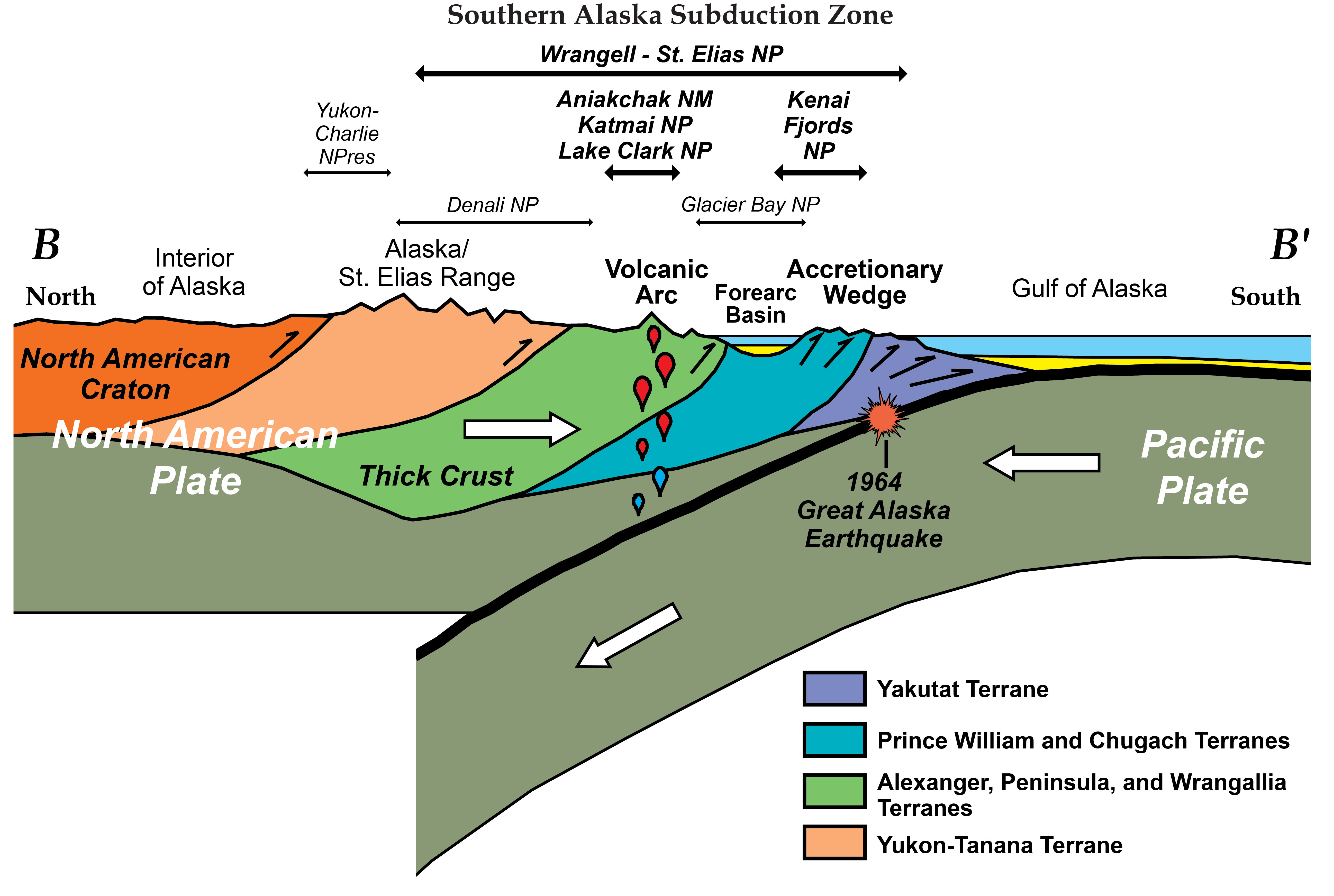









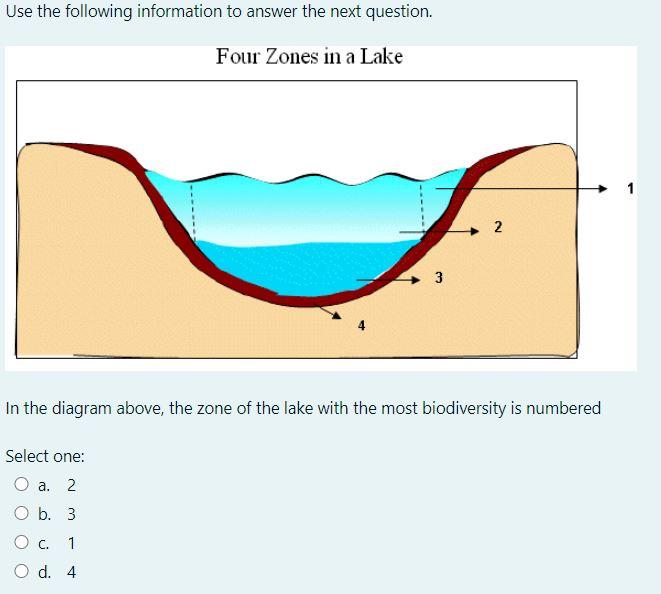



Post a Comment for "41 four zones of a lake"